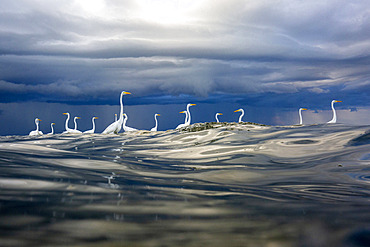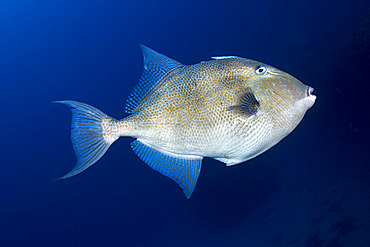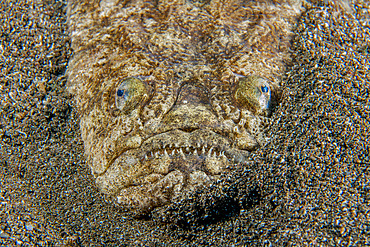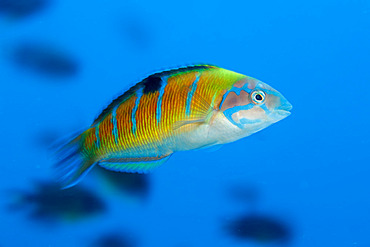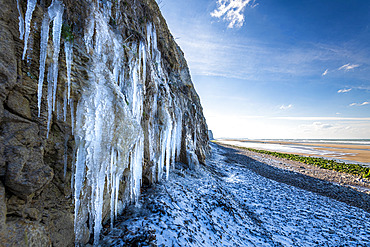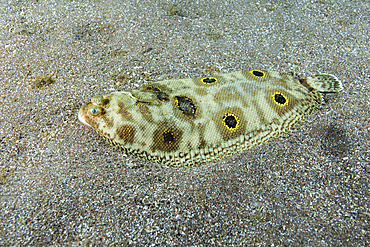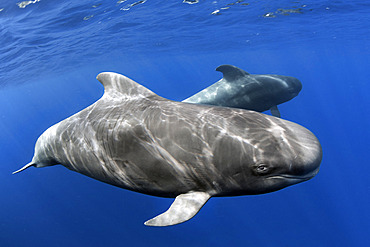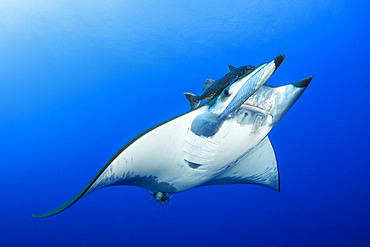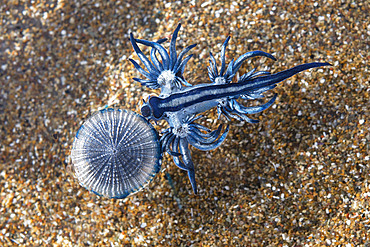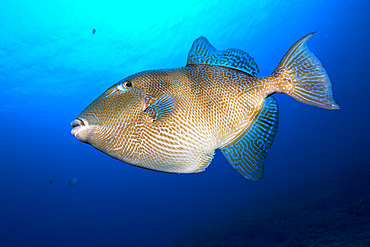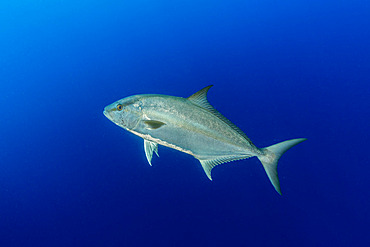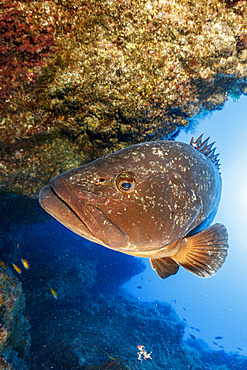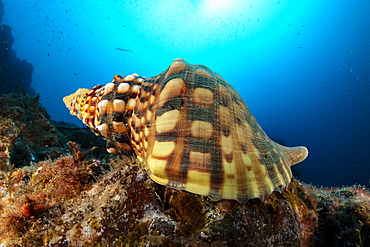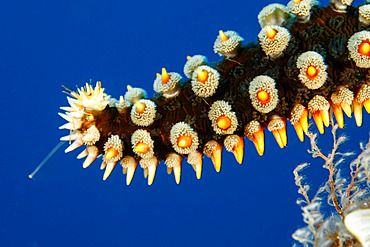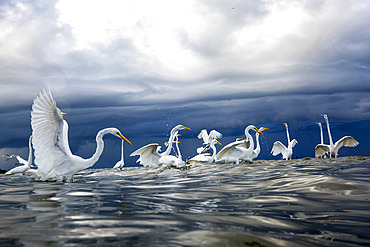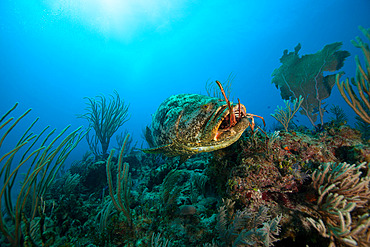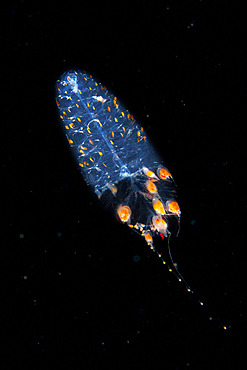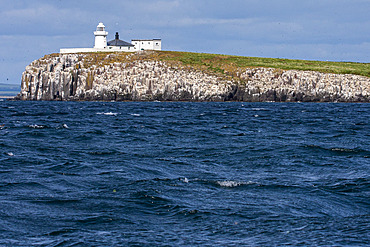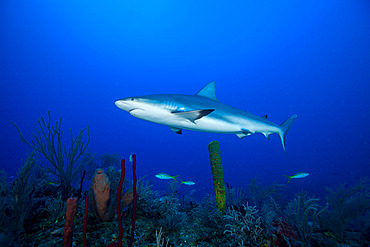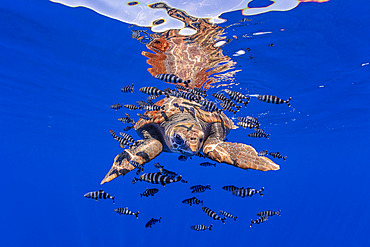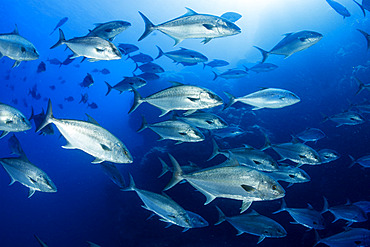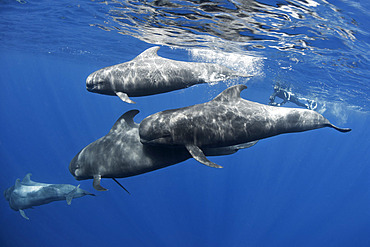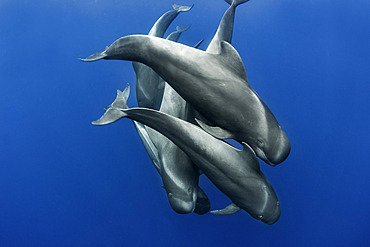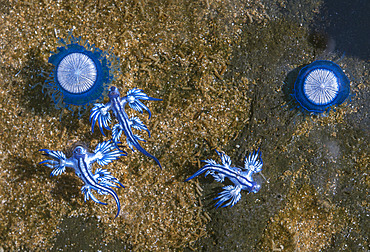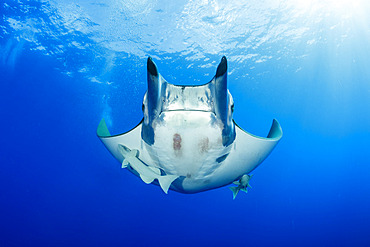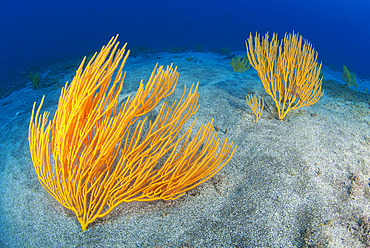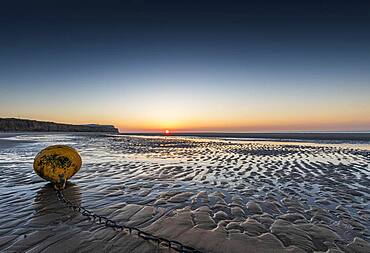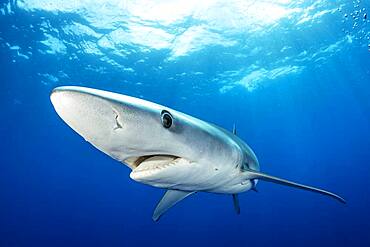Recent searches
Loading...
860-290110 - Panoramic landscape of Vaeroy Island south of Lofoten, Norway
860-289855 - Sicklefin Mantas (Mobula tarapacana), Ambrosio dive site, Santa Maria Island, Azores, Portugal, Atlantic Ocean
860-289713 - Great egret (Egretta alba) in the water, mouth of the Rio Dulce, Gulf of Honduras, Livingston, Guatemala.
860-290271 - contamination: Purple sea urchin (Sphaerechinus granularis).Tenerife, Canary Islands.
860-289959 - Red atlantic ref lobster (Enoplometopus antillensis). Carapace about 15 cm long with circular patterns on each side of the head. It lives in dimly lit environments dome crevices, hollows and caves. Marine invertebrates of the Canary Islands, Tenerife.
860-289702 - Magnificent frigatebird (Fregata magnificens) in flight, Gulf of Honduras, Livingston, Guatemala
860-289670 - Fisherman at sunset on the beach of Tardinghen, Opal Coast, Hauts de France, France
860-289962 - Blue Dragon (Glaucus atlanticus). Small slug that measures only about 2 cm and is generally associated with the Portuguese man of war (Physalia physalis), although it also usually appears in intertidal pools. Marine invertebrates of the Canary Islands, Tenerife.
860-290302 - Cap Blanc-nez under the snow in winter, Opal Coast, France
860-290262 - Atlantic Lizardfish (Synodus saurus).Fish of the Canary Islands, Tenerife.
860-289696 - Magnificent frigatebird (Fregata magnificens) in flight, Cayo LImon, Gulf of Honduras, Belize
860-290348 - Colony of Black Guillemots (Uria aalge) and Black-legged Kittiwakes (Rissa tridactyla), on the cliff of Troup Head, Scotland
860-289923 - American marine crocodile (Crocodylus acutus) on the detritic bottom of a mangrove channel in the Jardines de la Reina National Park, Cuba
860-289694 - Brown pelican (Pelecanus occidentalis) in flight, Cayo LImon, Gulf of Honduras, Belize
860-289865 - Atlantic spotted dolphins (Stenella frontalis), Formigas Islet dive site, 27 miles northeast of Santa Maria Island, Azores, Portugal, Atlantic Ocean
860-290009 - King eider in flight, Somateria spectabilis. Batsfiord, Norway
860-289716 - Brown pelican (Pelecanus occidentalis) on the water, mouth of the Rio Dulce, Gulf of Honduras, Livingston, Guatemala
860-290341 - The lighthouse of Porspoder, Bretagne, France
860-289698 - Magnificent frigatebird (Fregata magnificens) in flight, Cayo LImon, Gulf of Honduras, Belize
860-289695 - Magnificent frigatebird (Fregata magnificens) in flight, Cayo LImon, Gulf of Honduras, Belize
860-290384 - Pilot whale (Globicephala macrorhynchus). Tenerife, Canary Islands.
860-290342 - The lighthouse of Porspoder, Bretagne, France
860-290379 - Grey triggerfish (Balistes capriscus) attracted by an anchor crawling on the seabed. Fish of the Canary Islands, Tenerife.
860-289946 - Porbeagle (Lamna nasus) off the coast of Brittany, France, English Channel
860-289964 - Grey triggerfish (Balistes capriscus). Fish of the Canary Islands, Tenerife.
860-290109 - Oil platform at sunset in the North Sea off the coast of Scotland
860-289922 - Goliath grouper (Epinephelus itajara) swimming over a coral reef, Jardines de la Reina National Park, Cuba.
860-289961 - Atlantic spotted dolphin (Stenella frontalis). Group of dolphins submerged. Tenerife, Canary Islands.
860-289856 - Dusky grouper (Epinephelus marginatus), Formigas Islet dive site, 27 miles northeast of Santa Maria Island, Azores, Portugal, Atlantic Ocean
860-290378 - Orange Coral (Dendrophyllia Ramea). Marine invertebrate, cnidarian. Tenerife, the seabed of the Canary Islands.
860-290263 - Atlantic stargazer(Uranoscopus scaber). He lives buried in the sand, with only his two eyes and his mouth sticking out of the bottom. Fish of the Canary Islands, Tenerife.
860-290329 - Teide National Park, Tenerife. Sea of ??clouds, south of the island. It is caused by the trade winds, which push the clouds against the summit, usually forming between 800 and 1000 meters of altitude. Canary Islands.
860-289861 - Ornate wrasse (Thalassoma pavo), Santa Maria Island, Azores, Portugal, Atlantic Ocean
860-290336 - The lighthouse of Porspoder, Bretagne, France
860-289960 - Atlantic spotted dolphin (Stenella frontalis). Group of dolphins submerged. Tenerife, Canary Islands.
860-289863 - Sicklefin Mantas (Mobula tarapacana), Ambrosio dive site, Santa Maria Island, Azores, Portugal, Atlantic Ocean
860-290303 - Cap Blanc-nez under the ice in winter, Opal Coast, France
860-290273 - Canary fish. BLACK MORAY (Muraena augusti), Brun Moray; (Gymnothorax unicolor) and TIGER MORAY (Enchelycore anatina), Tenerife, Canary Islands.
860-290108 - Geological landscape, basaltic organs on the island of Staffa, Scotland
860-290324 - Foureyed sole (Microchirus ocellatus). Pleuronectiformes (Flatfishes), Soleidae (Soles). Fish of the Canary Islands, Tenerife.
860-289715 - Brown pelican (Pelecanus occidentalis) in flight, Gulf of Honduras, Livingston, Guatemala
860-290257 - Pilot whale (Globicephala macrorhynchus). Tenerife, Canary Islands.
860-289853 - Sicklefin Mantas (Mobula tarapacana), Ambrosio dive site, Santa Maria Island, Azores, Portugal, Atlantic Ocean
860-290383 - Calderon tropical (Globicephala macrorhynchus) with scars and scratches caused by interactions between individuals of the same species, although so many marks are not common. Tenerife, Canary Islands.
860-289869 - Loggerhead turtle (Caretta caretta) accompanied by pilotfish (Naucrates ductor) swimming near the surface. Santa Maria Island, Azores, Portugal, Atlantic Ocean
860-289743 - A preening Shag (Phalacrocorax aristotelis) off the coast of Northumberland, UK.
860-290260 - BLUE DRAGON (Glaucus atlanticus). Small slug that measures only about 2 cm and is generally associated with the Portuguese man of war (Physalia physalis), although it also usually appears in intertidal pools. Marine invertebrates of the Canary Islands, Tenerife.
860-290326 - Tajinaste rojo (Echium wildpretii), is an endemic Tenerife plant. Teide National Park, World Heritage Site. Canary Islands.
860-289992 - Porbeagle shark (Lamna nasus) off the coast of Brittany, Channel, France
860-290301 - Cap Blanc-nez in winter, Opal Coast, France
860-289993 - Porbeagle shark (Lamna nasus) off the coast of Brittany, Channel, France
860-290261 - Grey triggerfish (Balistes capriscus). Fish of the Canary Islands, Tenerife.
860-289862 - Redlip blenny (Ophioblennius atlanticus). Santa Maria Island, Azores, Portugal, Atlantic Ocean
860-289871 - Amberjack, Seriola rivoliana, Santa Maria Island, Azores, Portugal, Atlantic Ocean
860-289870 - Dusky grouper (Epinephelus marginatus), Formigas Islet dive site, 27 miles northeast of Santa Maria Island, Azores, Portugal, Atlantic Ocean
860-289857 - Triton´s Horn, Trumpet Shell (Charonia lampas), protected species, Santa Maria Island, Azores, Portugal, Atlantic Ocean
860-289860 - Detail of Blue Spiny Starfish, Coscinasterias tenuispina, Santa Maria Island, Azores, Portugal, Atlantic Ocean
860-290340 - The lighthouse of Porspoder, Bretagne, France
860-289712 - Great egret (Egretta alba) in the water, mouth of the Rio Dulce, Gulf of Honduras, Livingston, Guatemala.
860-289921 - Goliath grouper (Epinephelus itajara) catching a lobster on a coral reef, Jardines de la Reina National Park, Cuba.
860-289711 - Brown pelican, Pelecanus occidentalis. Livingston (Guatemala)
860-290304 - Cap Blanc-nez under the ice in winter, Opal Coast, France
860-290381 - Zooplankton. Pelagic micro organism that is part of plankton (unidentified species). It lives dragged by the marine currents and it is common to observe it in spring. Marine invertebrates of the Canary Islands.
860-290346 - Rocks and rainbow at Porspoder, Bretagne, France
860-290363 - Inner Farne, one of the Farne Islands, England
860-289924 - Grey reef shark (Carcharhinus amblyrhynchos) above the bottom, Jardines de la Reina National Park, Cuba
860-290347 - Northern Gannet (Morus bassanus) at the nest, on the cliff of Troup Head, Scotland
860-290349 - Scottish Blackface lamb, on the Isle of Mull, Scotland
860-289868 - Loggerhead turtle (caretta caretta) accompanied by pilotfish (Naucrates ductor) swimming near the surface. Vulnerable. Santa Maria Island, Azores, Portugal, Atlantic Ocean
860-289872 - Shoal of Amberjack (Seriola rivoliana), Santa Maria Island, Azores, Portugal, Atlantic Ocean
860-290258 - Pilot group. Calderon (Globicephala macrorhynchus) with naturalist photographer. Tenerife, Canary Islands. Photograph taken with the mandatory permits of the MAPAMA.
860-290327 - Tajinaste rojo (Echium wildpretii), is an endemic Tenerife plant. Teide National Park, World Heritage Site. Canary Islands.
860-290385 - Pilot whale (Globicephala macrorhynchus). Tenerife, Canary Islands.
860-289963 - Blue Dragon (Glaucus atlanticus) hanging. Small slug that measures only about 2 cm and is generally associated with the Portuguese man of war (Physalia physalis), although it also usually appears in intertidal pools. Marine invertebrates of the Canary Islands, Tenerife.
860-290259 - BLUE DRAGON (Glaucus atlanticus). A small peacic slug that measures only about 2 cm and is generally associated with the Portuguese frigatebird (Physalia physalis) or the blue button (Porpita porpita) on which it feeds. They can also appear in intertidal pools. Marine invertebrates of the Canary Islands, Tenerife.
860-290382 - Zooplankton. Pelagic micro organism that is part of plankton (unidentified species). It lives dragged by the marine currents and it is common to observe it in spring. Marine invertebrates of the Canary Islands.
860-289854 - Sicklefin Mantas (Mobula tarapacana), Ambrosio dive site, Santa Maria Island, Azores, Portugal, Atlantic Ocean
860-290380 - Yellow seafan (Leptogorgia viminalis), Underwater backgrounds of the Canary Islands, Gran Canaria..
860-288797 - Remarkable flysch formations of Deba, Basque Coast Geopark, Basque Country, Spain. Flysch formed at the end of the Mesozoic era in the Cretaceous - flyschs are formed by sediment accumulation following repeated submarine avalanches, due to earthquakes, and producing after compaction and crystallization very regular layers of sandstone and limestone here recovered by Pyrenean orogeny and released by erosion.
860-289012 - Buoy at low tide on Sangatte beach, Hauts de France, France
860-288836 - Sunset in Benijo beach, Green algaes on the stones. Beach of Benijo at sunset in spring, Anaga, Tenerife, Santa Cruz, Spain
860-289020 - Exit from the port of Boulogne sur mer during storm Ciara, Hauts de France, France
860-289010 - Fishing locker washed up on a beach, Sangatte, Hauts de France, France
860-288794 - Twilight on the Cantabrian coast. Needles of Liencres, near Santander, Spain
860-289017 - Waves hitting the Wimereux embankment during the Ciara storm, February 2020, Hauts de France, France
860-289015 - Waves hitting the lighthouse of the Carnot dike with a rainbow created by reflection of light on the waves, during the storm Ciara, Boulogne sur mer, February 2020, Hauts de France, France
860-289022 - Waves hitting the Wimereux embankment during a storm, Hauts de France, France
860-289013 - Waves hitting the Wimereux embankment during the Ciara storm, February 2020, Hauts de France, France
860-289018 - Fort d'Ambleteuse during storm Ciara, February 2020, Hauts de France, France
860-288845 - Blue shark (Prionace glauca) and Pilot fish (Naucrates ductor), Pico Island, Azores, Portugal, Atlantic Ocean
860-288846 - Blue shark (Prionace glauca) Pico Island, Azores, Portugal, Atlantic Ocean
860-289019 - Pier of Boulogne sur mer during storm Ciara, Hauts de France, France


